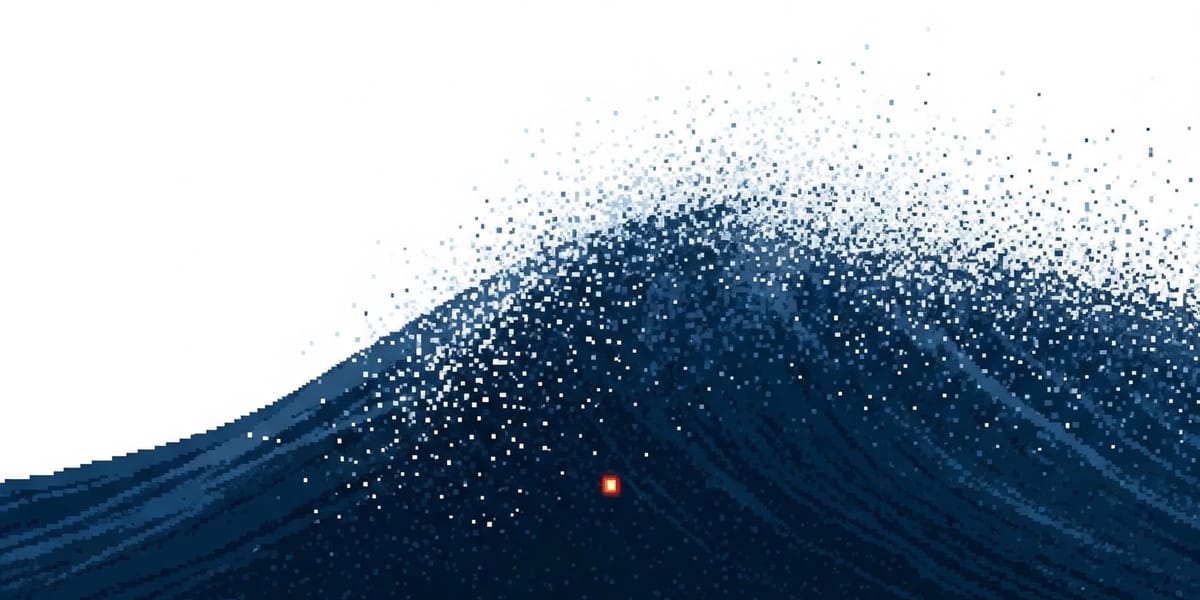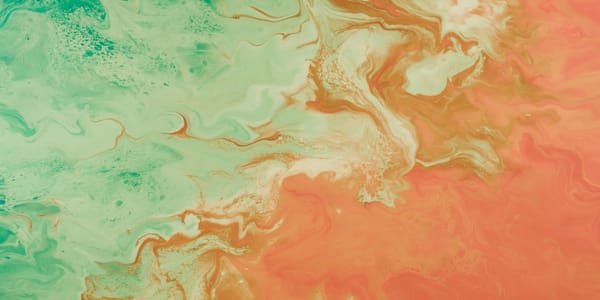The Beautifully Obsolete
Our affection for pixel art isn't just nostalgia; it's the fossil record of our digital evolution. These beautifully obsolete artifacts are not relics, but scripture - the story of the constraints we faced, the ingenuity we summoned, and how we first made ourselves visible on a screen.

I have a deep affection for the pixelated worlds of the 80s and 90s. Hard edges, limited palettes, chunky sprites. That may sound like nostalgia, but it’s more than that. Those pixels are fossils, visible layers of our digital evolution.
Modern photorealism dazzles, but it conceals its making. It aims for seamless illusion. Pixel art, by contrast, wears its history openly. Every block of color testifies to the hardware’s limits and the artist’s ingenuity. To look at it is not just to see a world, but to see the tool that shaped it and the human mind that pushed against constraint.
Today, we often erase that history. We “remaster” old games until their rough edges are polished into sterility. We emulate the classics but scrub away the glitches, the scanlines, the quirks that were once inseparable from the experience. But those imperfections are not flaws, they are chisel marks. They are proof of the hand that shaped them.
Therefore, our love for these obsolete worlds is not just nostalgia. It is recognition. A reminder that the digital present did not appear fully formed - it was built, pixel by pixel, out of limits, failures, and brilliance. These pixels are not relics. They are scripture. The story of how we made ourselves visible on a screen.




